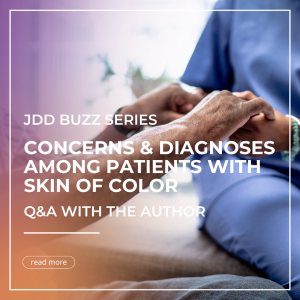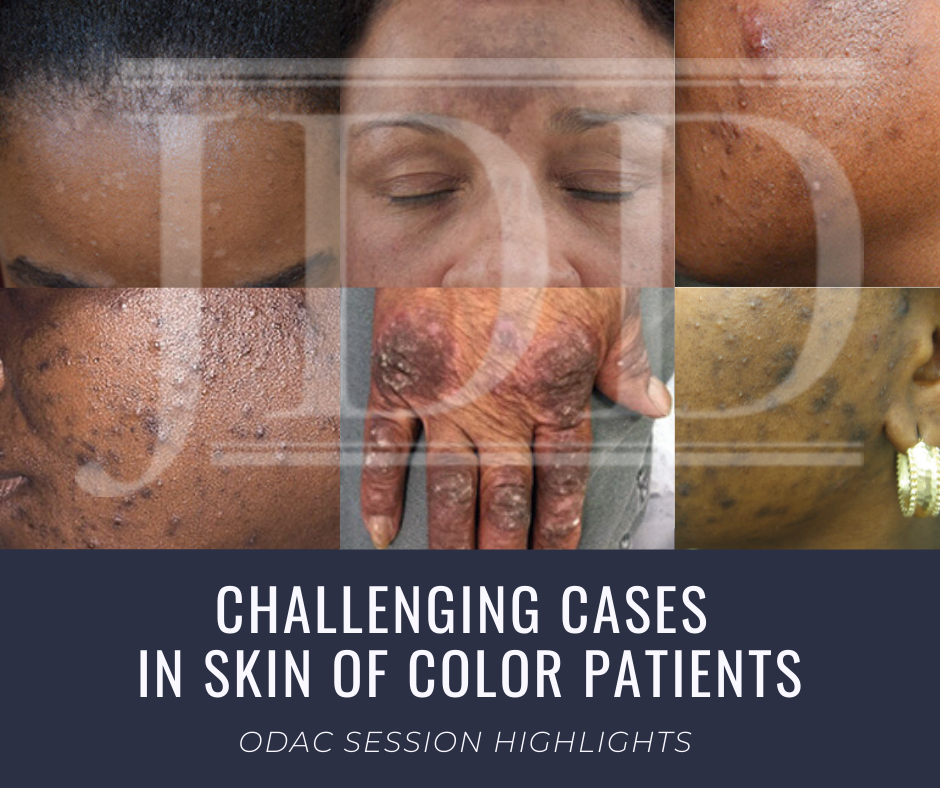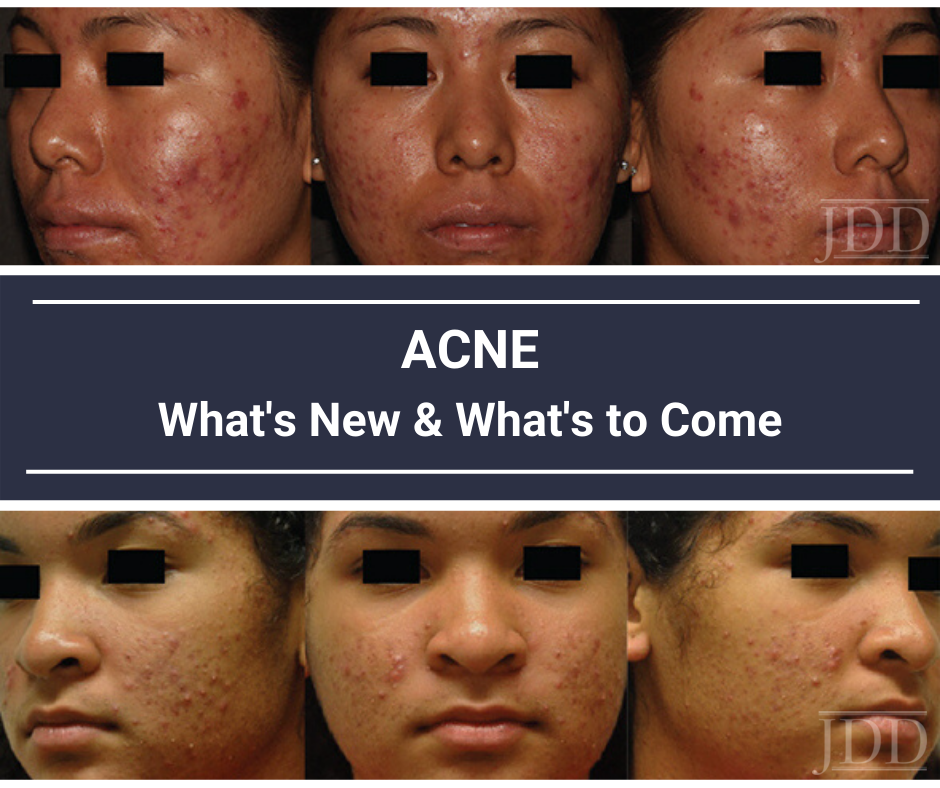
Skin of Color Update faculty member Nada Elbuluk, MD, MSc, spoke with Next Steps in Derm about her recent Journal of Drugs in Dermatology study that sheds light on the most common reasons why patients of color seek outpatient dermatologic care. Dr. Elbuluk will speak at Skin of Color Update on pigmentary disorders, including hyperpigmentation and hypopigmentation.
Dr. Elbuluk and the team of researchers conducted a retrospective chart review among patients with skin of color who sought care at the USC outpatient dermatology clinics. They found that the five most common skin concerns that initiated an office visit among skin of color patients were skin examinations, evaluation of bumps/growths, rashes, acne, and skin discoloration. The five most common diagnoses dermatologists made were benign nevi/neoplasms, dermatitis, acne, eczema and/or xerosis, and dyspigmentation.
“Some of the results were surprising in that there were differences when we stratified the results by age, gender, and racial ethnic group,” Dr. Elbuluk said. “These results showed that it’s important that we don’t homogenize all the skin of color populations and recognize that other demographic factors can also make a difference in the most common concerns and diagnoses in these populations.”
Dr. Elbuluk says understanding these concerns and diagnoses can help dermatology clinicians improve health care outcomes and equity for patients with skin of color.
Click here to read the full article on Next Steps in Derm and to read more dermatology coverage.
Register for Skin of Color Update 2025 and learn from experts like Dr. Elbuluk on how to best diagnose and treat dermatologic disorders in patients with skin of color.



